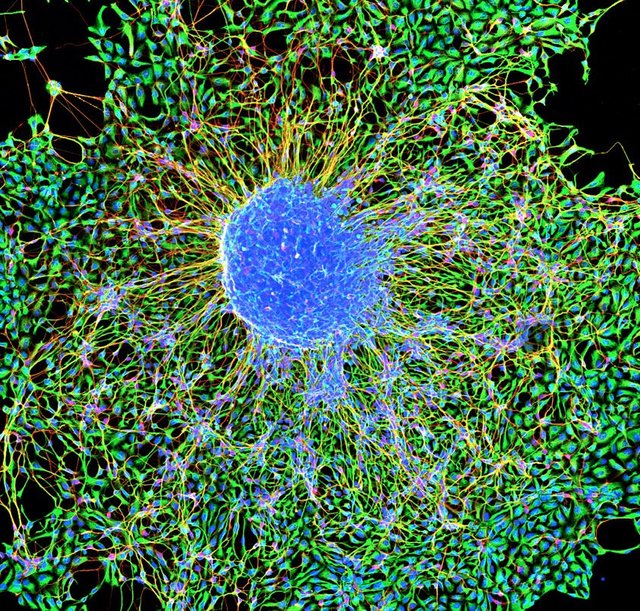Creating A 'Google Maps' Of Stem Cell Differentiation

Credit: Scott Vermilyea, NIH Image Gallery
Standford researchers have determined a set of signals required to turn embryonic stem cells into pure populations of 12 different cell types
There has been considerable progress in understanding when it comes to stem cells, and how to turn them into the cell type, or tissue you desire. However, there remains a great deal to find out, and many of the exact signals along the way to a particular cell remain unknown today.
“Regenerative medicine relies on the ability to turn pluripotent human stem cells into specialized tissue stem cells that can engraft and function in patients. It took us years to be able to isolate blood-forming and brain-forming stem cells. Here we used our knowledge of the developmental biology of many other animal models to provide the positive and negative signaling factors to guide the developmental choices of these tissue and organ stem cells. Within five to nine days we can generate virtually all the pure cell populations that we need”
Making a cell map
The early human embryo contains 3 crucial cell layers: endoderm, mesoderm and ectoderm. These give rise to all cell types within the body, but because embryonic research is only allowed for the first 14 days in most countries, determining the required additional signals has been challenging. The mesoderm layer becomes a range of cells including cardiac, bone and connective tissue. To determine what signals were necessary to create each of these cell types, researchers began with a human embryonic cell line and tested varying combinations of well characterised growth signals - such as Hedgehog, BMP and Wnt. They discovered that cells appeared to go through a series of 'yes or no' decision points, and that simultaneously applying one chemical signal blocking one type of differentiation alongside another that actively causes transformation into a particular cell type, was far quicker and more effective in combination.

“The ability to generate pure populations of these cell types is very important for any kind of clinically important regenerative medicine, as well as to develop a basic road map of human embryonic development. Previously, making these cell types took weeks to months, primarily because it wasn’t possible to accurately control cell fate. As a result, researchers would end up with a hodgepodge of cell types”
Testing these combinations
By carefully coaxing the stem cells using these combinations, researchers succeeded in forming pure populations of 10 mesodermal cell types, including bone precursors and cardiac cells. When they conducted RNA sequencing on these cells, they were able to identify unique gene expression patterns unique to each type - discovering previously unknown transient states between precursor and a specialised cell type.
“The segmentation of the embryo is a fundamental step in human development. Now we can see that, evolutionarily, it’s a very conserved process. Next, we’d like to show that these different human progenitor cells can regenerate their respective tissues and perhaps even ameliorate disease in animal models"
Find out more about the project below and at stanford.edu:

Upvoted